Vortex-based Fluidic Oscillator CFD Simulation, ANSYS Fluent Training
Vortex-based Fluidic Oscillator CFD Simulation, ANSYS Fluent Training
- Upon ordering this product, you will be provided with a geometry file, a mesh file, and an in-depth Training Video that offers a step-by-step training on the simulation process.
- For any more inquiries regarding the product, please do not hesitate to reach out to us at info@CFDLAND.com or through our online support assistant.
€185 Original price was: €185.€125Current price is: €125.
Fluidic oscillators are super cool devices that make liquids swing back and forth without any moving parts! Unlike regular machines with gears and motors, vortex-based fluidic oscillators use special shapes to control how water or air flows through them. First of all, these clever devices have two main rooms (called chambers) connected by tiny passages that engineers call feedback channels. Additionally, when liquid enters a fluidic oscillator, it creates spinning circles of fluid called vortices that bounce around inside the chambers. Moreover, these spinning vortex pairs cause the main stream of liquid to swing from side to side all by itself! Furthermore, this natural swinging motion happens at very regular times, creating what experts call self-sustained oscillations – like a clock that runs on water! The amazing thing about vortex-based designs is that they keep working reliably for years because there are no parts that can break or wear out. Most importantly, engineers use CFD simulation software like ANSYS Fluent to see exactly how these oscillators work before building them! Now, regarding the reference paper entitled “ Design of a novel vortex-based feedback fluidic oscillator with numerical evaluation”, a fantastic CFD study is conducted.
- Reference [1]: Nili-Ahmadabadi, Mahdi, Dae-Seung Cho, and Kyung Chun Kim. “Design of a novel vortex-based feedback fluidic oscillator with numerical evaluation.” Engineering Applications of Computational Fluid Mechanics1 (2020): 1302-1324.
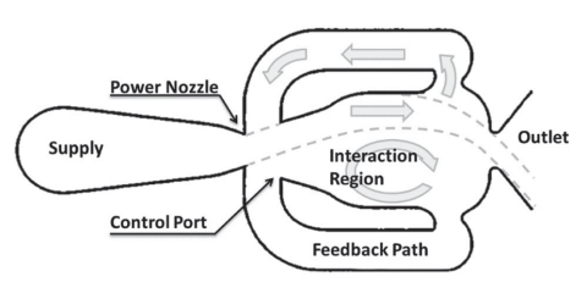
Figure 1: Conventional Fluidic Oscillator schematic
Simulation Process
To make our fluidic oscillator work on the computer, we started by drawing its special shape using points in Gambit software. First of all, we made sure to get the exact shape of both chambers and the thin channels between them just right! Then, we moved our drawing into ANSYS Design Modeler to make it even better. Furthermore, we used a special method called multi-regional structure with virtual topology to make our mesh super neat and organized. Most importantly, our mesh generation created exactly 67,400 little cells that help the computer calculate how water moves through the oscillator. The special design we made lets water swing back and forth without any moving parts at all! Additionally, our CFD simulation needed to show how things change over time, so we used a time-dependent (also called transient) setup in ANSYS Fluent.
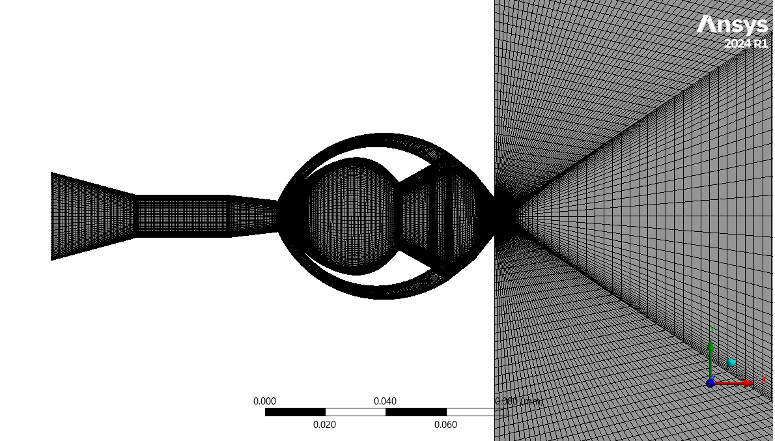
Figure 2: Structured grid produced by ANSYS Meshing
Post-processing
The fluidic oscillator creates amazing spinning movements of air or water without needing any moving parts! When fluid enters the nozzle, it speeds up a lot and then shoots out in a powerful jet. Our measurements show the fluid reaches an impressive top speed of 17.24 meters per second right at the nozzle exit! Then, something cool happens – the fast-moving jet starts to swing from side to side all by itself! Also, we can see big spinning circles of fluid (called vortices) forming in the chambers on both sides. Furthermore, these vortices help control where the main jet points, making it swing back and forth in a steady beat. Most importantly, the turbulence levels we measured reach up to 22.9 m²/s² exactly where the jet bends the most! This high turbulence means the fluid is mixing super well, which is why these devices are so good for mixing chemicals or making tiny droplets for spray painting or medicine delivery.
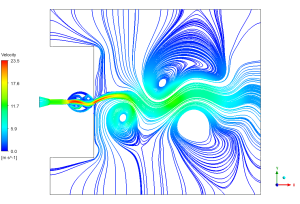
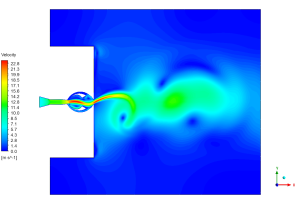
Figure 3: Velocity magnitude & streamlines visualization displaying the oscillating jet
The special shape of the fluidic oscillator creates perfect self-sustained oscillations that keep going without any outside help! Our analysis shows that after leaving the nozzle, the main jet forms beautiful curved paths that reach speeds of 23.5 m/s at some points as they swing from side to side. Additionally, we can see several smaller vortices forming and disappearing as the flow moves through the device. Most importantly, the unique flow pattern creates a pushing force on the walls that’s just right to keep the oscillating flow going steady for a long time! The streamlines (paths that tiny water or air particles follow) show how the fluid flows smoothly through some areas but gets caught in spinning vortices in other spots. This perfect balance between straight flow and spinning motion is exactly why fluidic oscillators work so well for atomization (breaking liquids into tiny droplets) and precise flow control in many engineering applications like cooling systems and fuel injectors!
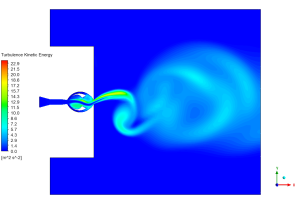
Figure 4: Turbulence kinetic energy distribution in the fluidic oscillator
We pride ourselves on presenting unique products at CFDLAND. We stand out for our scientific rigor and validity. Our products are not based on guesswork or theoretical assumptions like many others. Instead, most of our products are validated using experimental or numerical data from valued scientific journals. Even if direct validation isn’t possible, we build our models and assumptions on the latest research, typically using reference articles to approximate reality.
Yes, we’ll be here . If you have trouble loading files, having technical problems, or have any questions about how to use our products, our technical support team is here to help.
You can load geometry and mesh files, as well as case and data files, using any version of ANSYS Fluent.
€160 Original price was: €160.€135Current price is: €135.

€145 Original price was: €145.€125Current price is: €125.

€360 Original price was: €360.€185Current price is: €185.

€240 Original price was: €240.€135Current price is: €135.

€180 Original price was: €180.€99Current price is: €99.

€185 Original price was: €185.€145Current price is: €145.


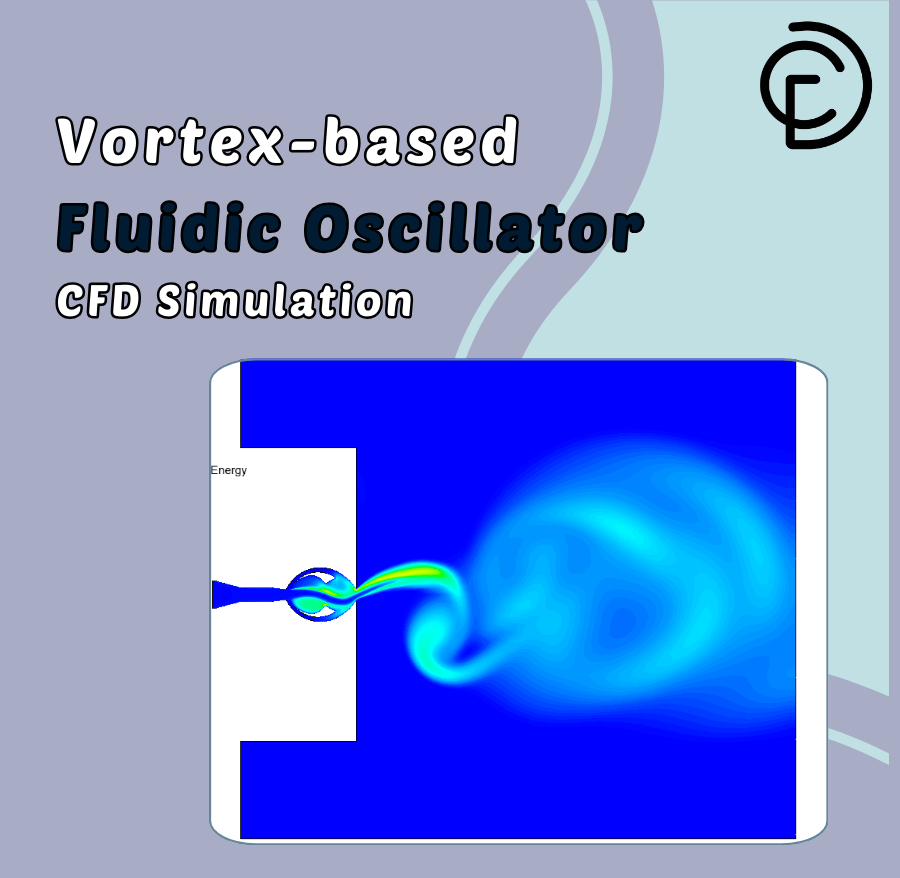
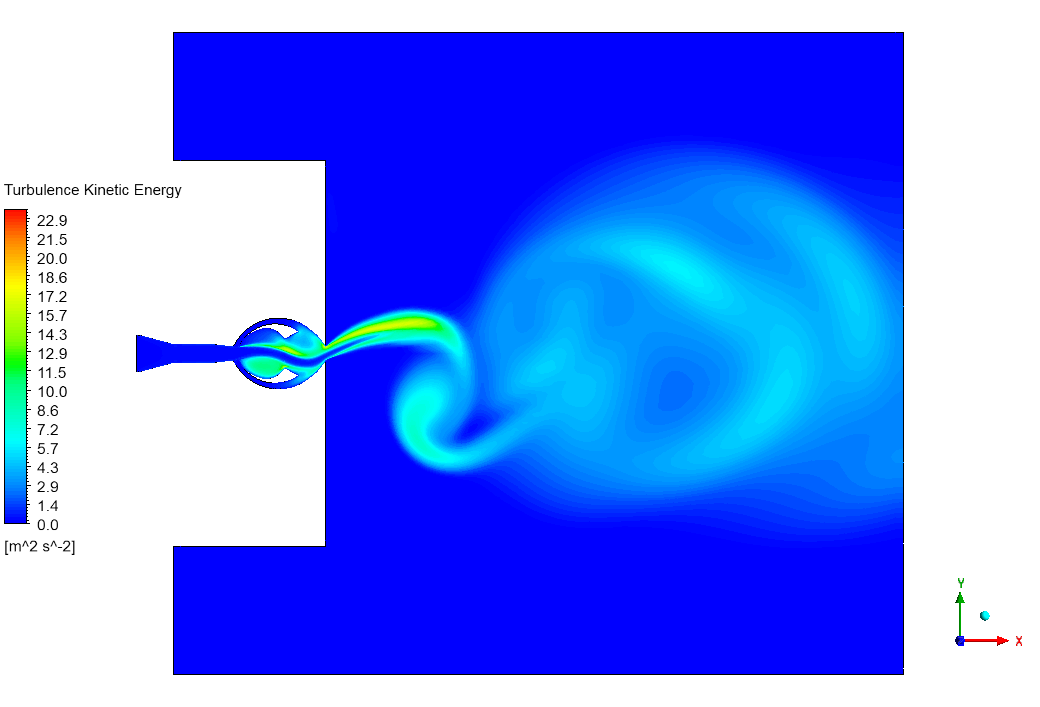
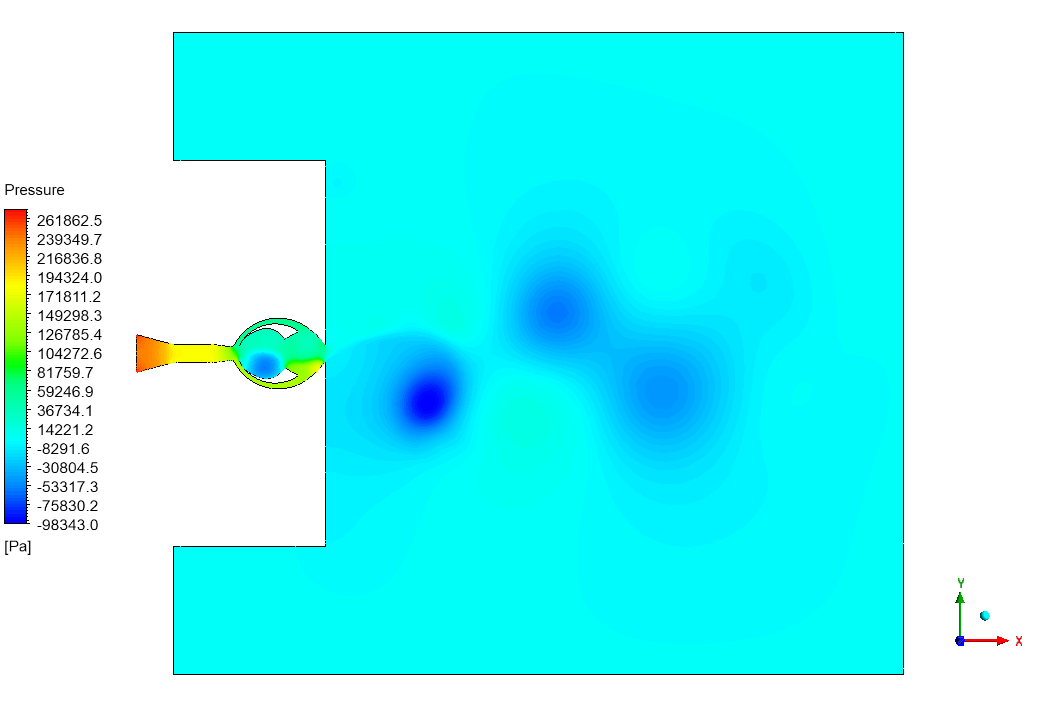
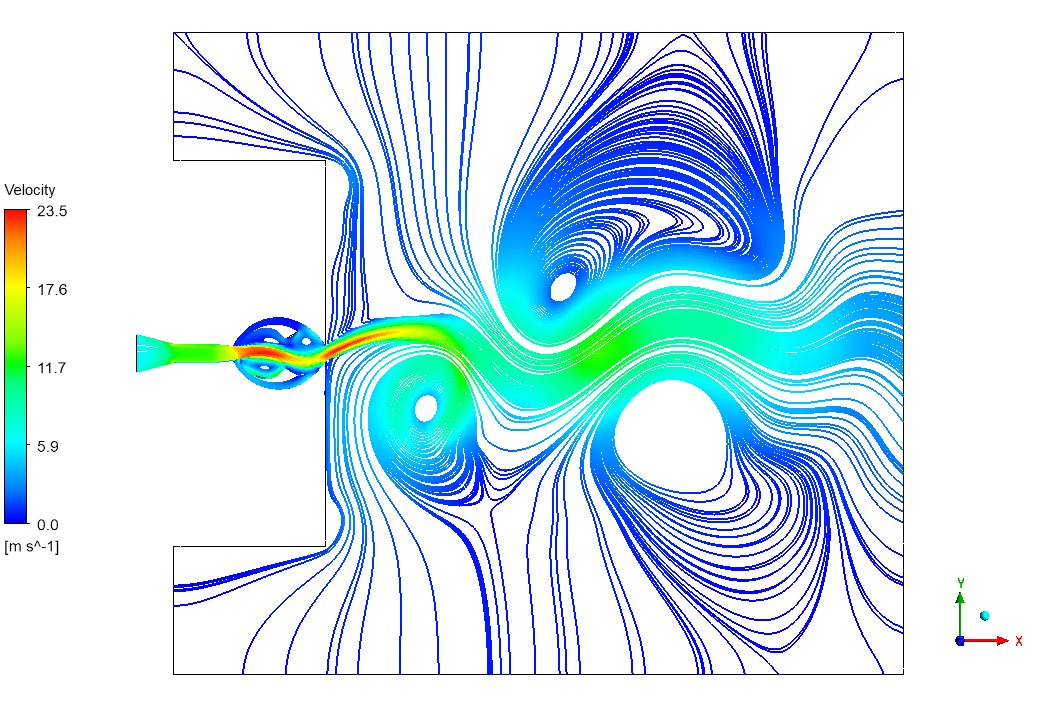
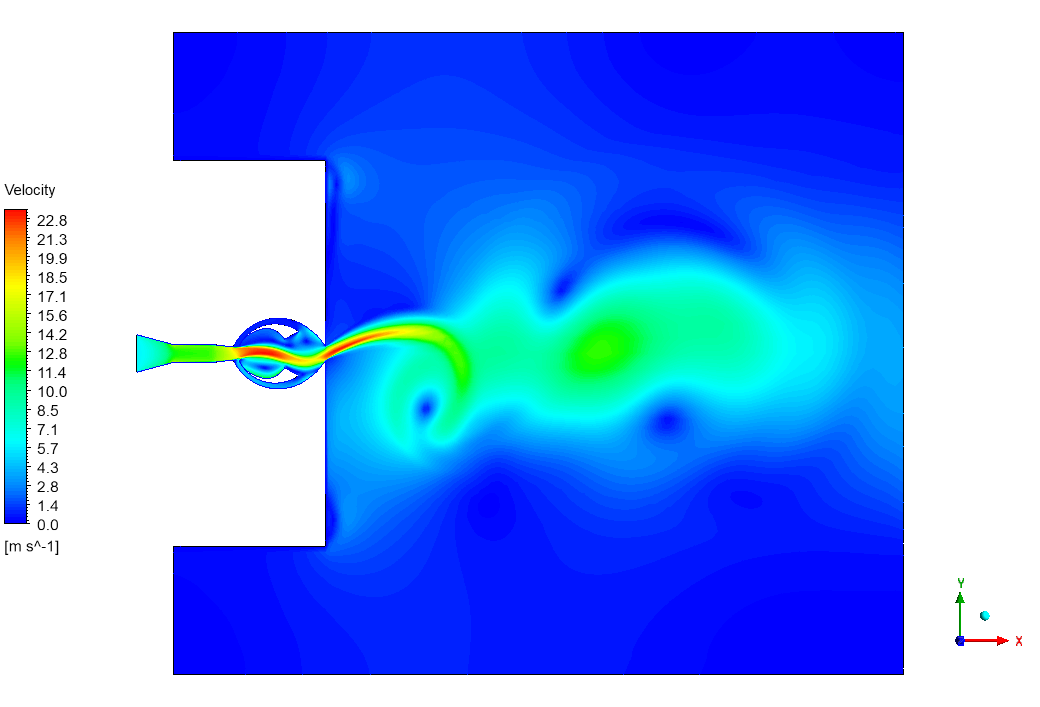





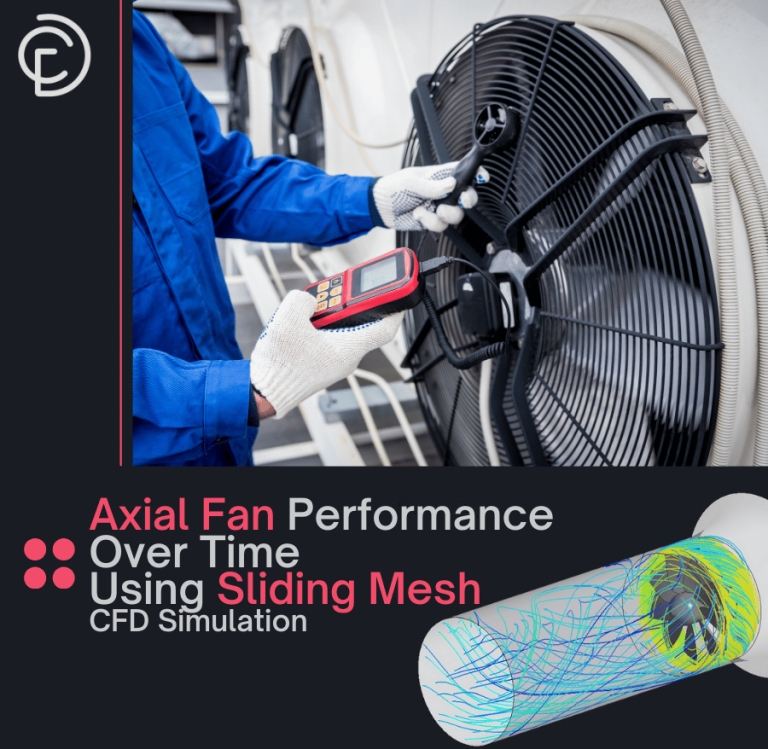

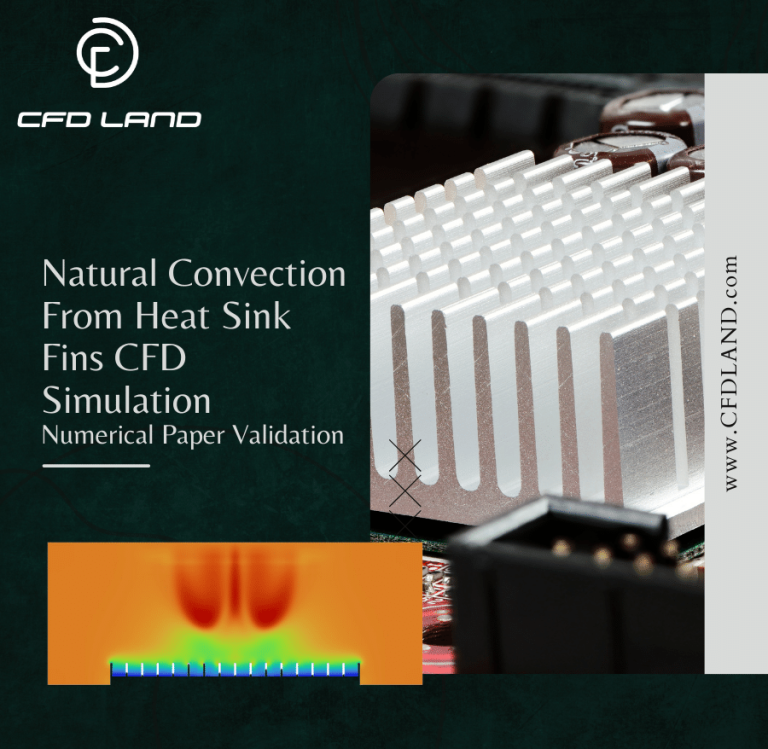

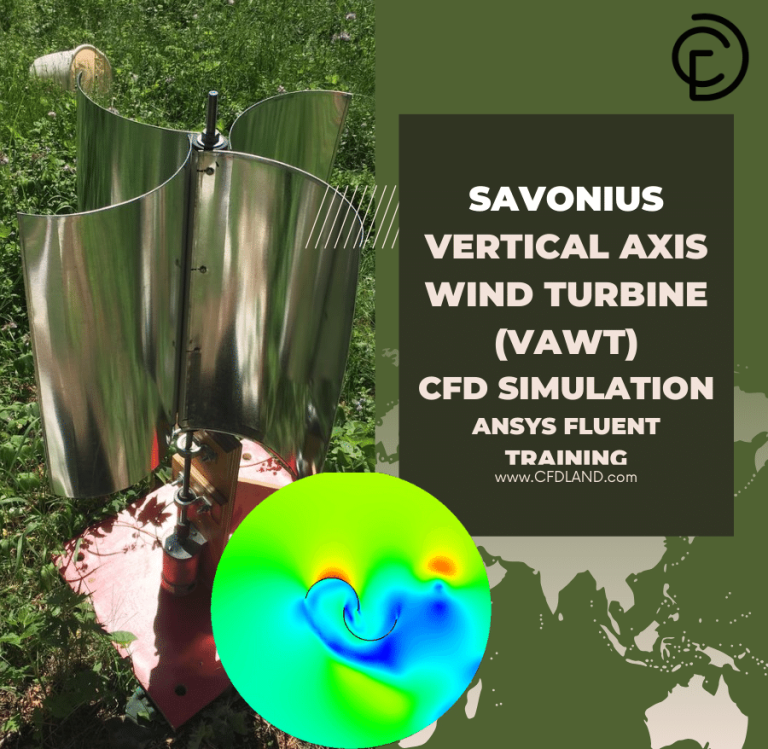
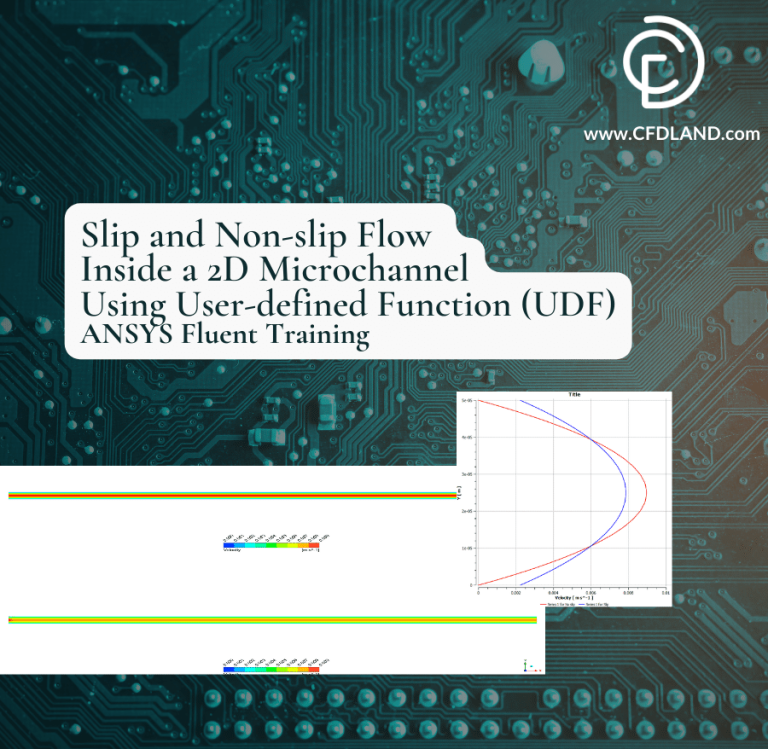
Reviews
There are no reviews yet.